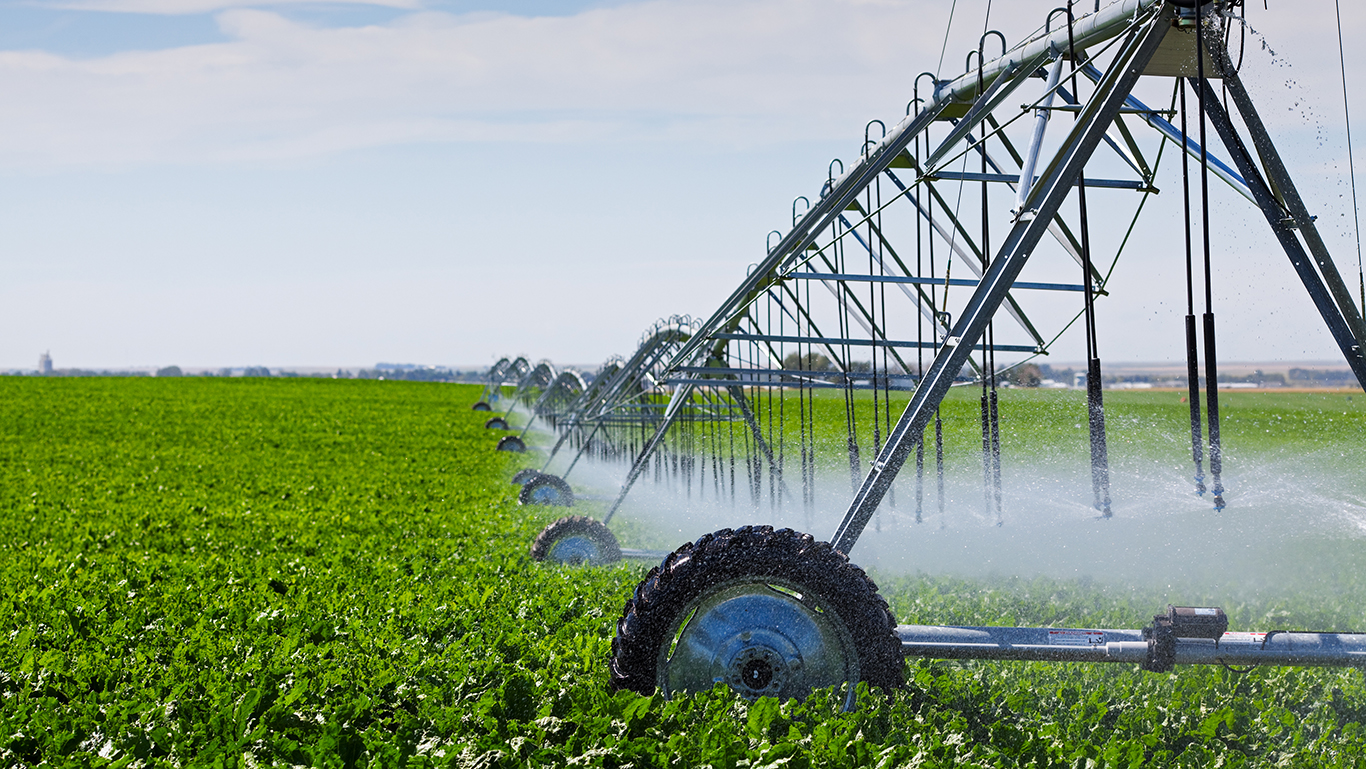As Oregon continues to see dry conditions and low snowpack, the reality of the 2021 drought and the effects it will have on our entire state is inevitable as we enter the summer months. Every corner of our state is now in varying levels of drought, from abnormally dry to exceptional drought. The U.S. Drought Monitor for Oregon is available here. In light of the many aspects of our communities and economies that drought will touch, below is a list of processes and resources to aid our counties during these difficult times.
Drought Declarations
Counties can request a drought declaration from the governor under a process outlined in Oregon Revised Statutes (ORS) 536. The county must first declare a drought at the local level through a county resolution and then make a request to the governor. More information and a template for the request can be found here. Generally, the request needs to include impacts the county has or will experience from drought. The narrative can include impacts to natural resources, agricultural, livestock, tourism and recreation, or anything else that directly relates to drought. Additionally, the request needs to include any mitigation efforts the county plans to or already has engaged in. A governor declared drought gives the county access to numerous tools and programs at both the state and federal levels.
Oregon Water Resources Department Emergency Drought Tools for Water Right Holders Once a county becomes a drought-declared county through a governor’s executive order, the Water Resources Department (WRD) can offer tools to water right holders within the drought declared county. The tools listed below are intended to be short-term emergency authorizations and have expedited review processes to assist water right holders manage drought related water supply challenges.
- Temporary Emergency Water Use Permit: An approved emergency water use drought permit allows a water user to temporarily replace water not available under an existing water right.
- Temporary Transfer: A water user can apply to change the type of use, place of use, or the location of the diversion under an existing water right.
- Temporary Instream Lease: Once approved, a water user can convert all or a portion of a water right to an instream use for a period of one year or the term of the drought declaration, whichever is shorter.
- Temporary Substitution: Any person holding both a primary right originating from a surface water source and a supplemental right from a groundwater source may apply to temporarily use the supplemental right instead.
- Special Option Agreements: A water-right holder can enter into an agreement that authorizes the use of water at locations, from points of diversion, and for uses other than those described in the water right.
- Temporary Exchange of Water: The Water Resources Commission (WRC) can approve a temporary exchange of existing rights, such as using stored-water instead of a direct-flow surface-water right.
- Human Consumption or Stock Water Use Preference: The WRC has authority to grant a temporary preference to water rights for human consumption and/or stock watering uses.
Federal Drought Assistance Programs through United States Department of Agriculture (USDA)
The USDA has a number of disaster assistance programs to aid those in our agricultural sector during adverse weather events, including drought. At the Association of Oregon Counties June natural resources steering committee meeting, representatives from the Natural Resources Conservation Service (NRCS) and the Farm Service Agency (FSA) will be providing more in depth information on programs available through their agencies.
- NRCS: NRCS has programs and resources that can assist farmers and ranchers during drought, including implementing voluntary conservation practices that can help alleviate the effects of drought. For more information on the NRCS programs that are available, please visit their drought page here.
- FSA: The USDA offers a variety of programs and services to help communities, farmers, and ranchers that have been hard hit by natural disasters, including drought, through the FSA. For more information on the FSA programs that are available, please visit the USDA disaster assistance programs page here.
Contributed by: Lauren Smith | Legislative Affairs Manager
